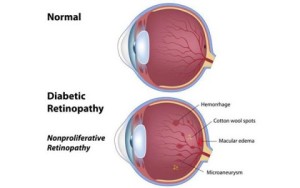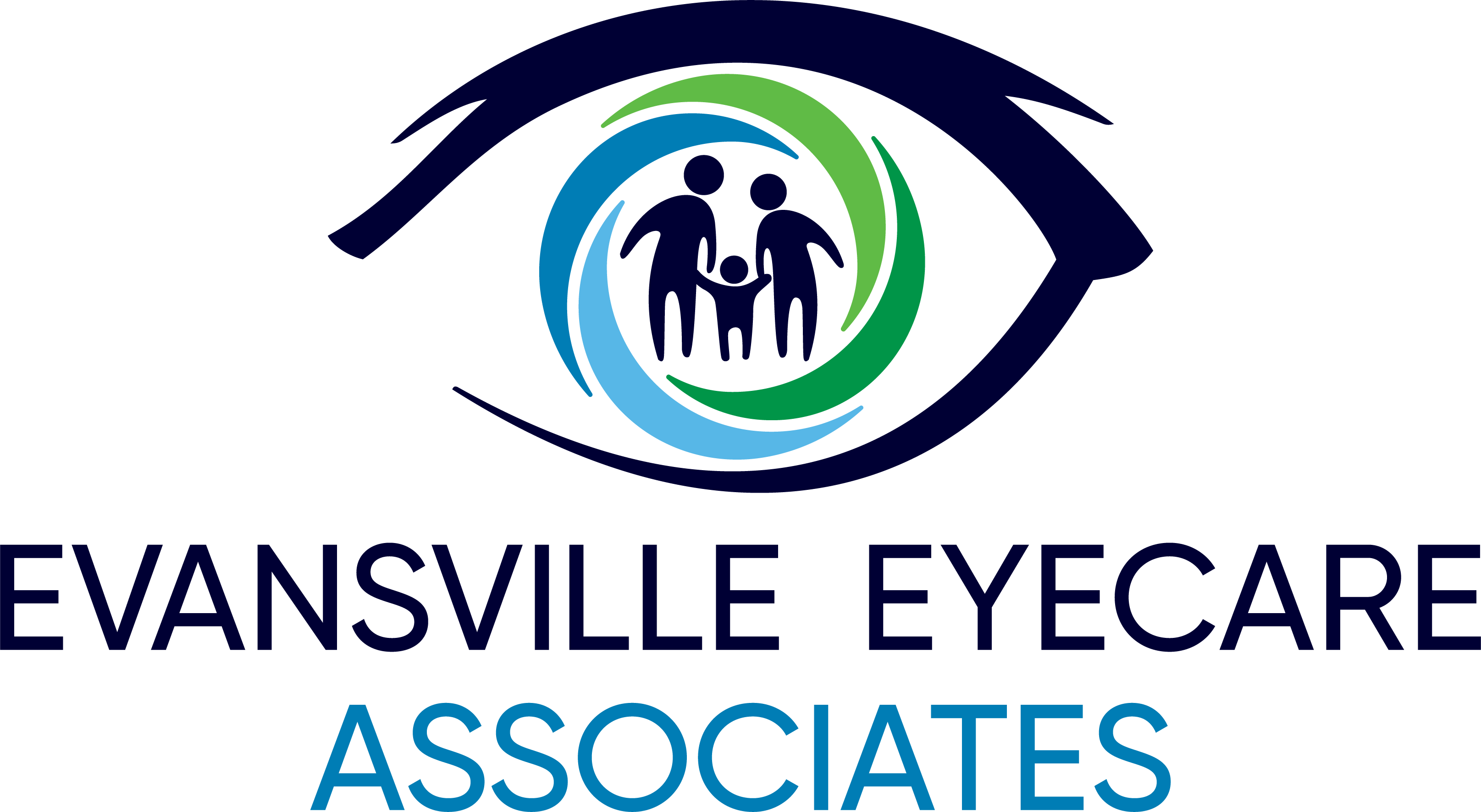What is Diabetic eye disease?
 Diabetes is a condition characterized by the body’s inability to regulate the blood sugar on its own. Therefore, patients with Diabetes are usually required to be on prescription medicines (pills or insulin injections) to control their blood sugar. When patients do not maintain good control of their blood sugar levels, the increase in sugar in the blood causes damage to the walls of blood vessels, which will result in blood leaking out of the vessels. When this occurs in the eye, it is called Diabetic Retinopathy.
Diabetes is a condition characterized by the body’s inability to regulate the blood sugar on its own. Therefore, patients with Diabetes are usually required to be on prescription medicines (pills or insulin injections) to control their blood sugar. When patients do not maintain good control of their blood sugar levels, the increase in sugar in the blood causes damage to the walls of blood vessels, which will result in blood leaking out of the vessels. When this occurs in the eye, it is called Diabetic Retinopathy.
Another condition that falls in the Diabetic Eye Disease category is a Cataract, or clouding of the lens inside the eye. Patients with Diabetes tend to get Cataracts several years sooner than non-Diabetics, and the disruption of vision occurs more quickly. Therefore, Diabetics tend to need Cataract Surgery sooner than the non-Diabetic population.
How do I know if I have Diabetic eye disease?
The longer a patient has Diabetes, the greater the risk is for them to develop Diabetic Eye Disease. The best way to delay the onset of Diabetic Eye Disease is to maintain good, consistent control of blood sugar levels. It is very important for all Diabetics to have yearly eye exams with dilated retinal evaluations to monitor the development/status of Diabetic Eye Disease.
Diabetic retinopathy, is damage to the retina caused by complications of diabetes and is the leading cause of blindness in American adults.
It is an ocular manifestation of diabetes, a systemic disease, which affects up to 80 percent of all patients who have had diabetes for 10 years or more. The longer a person has diabetes, the higher his or her chances of developing diabetic retinopathy.
Despite these intimidating statistics, research indicates that at least 90% of new cases could be reduced by preventative monitoring during regular eye examinations and proper treatment.
There are multiple forms of diabetic retinopathy, and only your doctor can determine your particular form. With one form, blood vessels may swell and leak fluid. In another, abnormal new blood vessels grow on the surface of the retina.
In the early stages of diabetic retinopathy, many do not notice a change to their vision because there are little to no symptoms. If an eye doctor does not catch diabetic retinopathy early, one could sustain mild blurriness at near or in the distance, as well as floaters. In severe cases a sudden loss of vision may occur.
Unfortunately, Diabetic Retinopathy can result in permanent damage that cannot be reversed. However, if caught in time, prescribed treatments may slow development and prevent vision loss.
Concerned about the onset of diabetic retinopathy? Call and schedule a preventative eye examination today.






Follow Us!